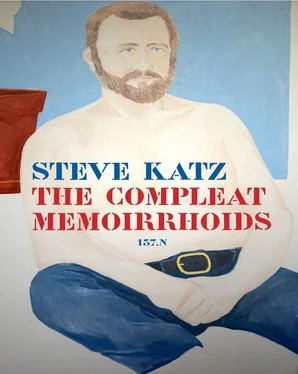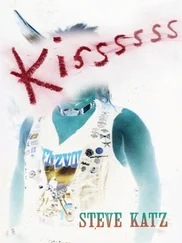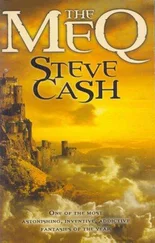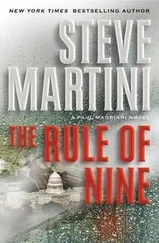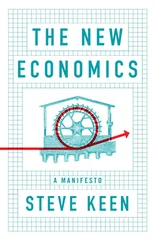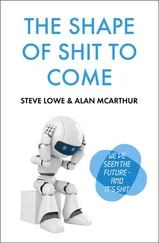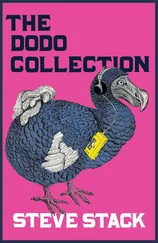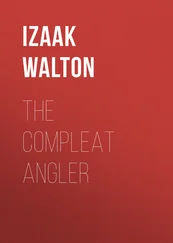I wrote the script. It was good. Bill McCutcheon helped me make some strong adjustments. Poor Toussaint, slave, autodidact, brilliant diplomat and military tactician, was superior, smarter than Napoleon II, with whom he corresponded. For reasons totally mysterious he gave himself up into French hands. They were winning the war handily against both France and England. He had never seen snow before. The French imprisoned him in the French Alps, where he froze to death. The screenplay went the way of most screenplays, onto the shelf, never to be translated into film.
I am forced to beg in a country where many have to eat mouse to survive. We spent all our money, down to the last Peruvian sol, the last American dollar. I forgot to account for the airport tax, ten bucks a head. We can’t get on the plane, even with our valid tickets, if we don’t pay the tax. I changed almost all my dollars on the street in Lima shortly after we arrived, with a black market moneychanger. It was a great rate at the time, but we didn’t know that while we were visiting Cusco, Macchu Picchu, Sachsa-huaman, Nazca, Arequipa, Puno, the Peruvian government was about to devalue the Sole, to create the Nuevo Sole. We traveled easy on the cheap. The change hit us when the hotel owner presented the bill. I had budgeted our hotel at the same rate as when we first arrived in Lima. This bill was 60 % higher. We were way out of bucks, didn’t have near enough to cover the room. The innkeeper wouldn’t listen to what I tried to present as our dire straits. Why should he find credible some North Americans claiming they have no money? It took several hours of weeping and cajoling to finally strike a deal. I don’t know how I did it. I don’t think he was used to desperate bargaining gringos, and gave in just to get rid of us.
We still need twenty bucks to get us onto the plane. Being in Peru has been a powerful revelation on many levels, and this situation is revelatory as well. Down and out now in the Lima airport. Earlier in the trip we rode from Cusco to Pisac, over the mountains, into the Urubamba valley. There’s a famous market in Pisac on Sundays, and smaller ones on Tuesdays and Thursdays. We went on a Wednesday, so missed the action. There seemed to be no conventional buses. We rode the narrow dirt track on the back of a flatbed truck with board sides. The road was steep, without guardrails at the turns to protect from a plunge of hundreds of feet. So many shrines and crosses punctuated the sides of the roads that we had to wonder if anyone ever made it. We chewed coca leaves and banana ash to help us tolerate the thin air. The rest of the passengers hanging on to the boards of the truck were also chewing coca. They were native people, poor and shy. I had anticipated that our using coca leaf might forge a connection, but it only embarrassed them to see gringos chewing the leaf. They turned away from us, and covered their mouths. Coca was a palliative of the poor, for hunger, for weariness.
Because there was no market to distract us we found that the hillside above the town was honeycombed with tombs. I’d read about it. This necropolis extends high up the mountainside. As we hiked to the site we saw no sign that anyone was tending this archaeological patrimony. The whole mountainside had been fretted and crosshatched with compartments to accommodate the dead. The burial niches were cracked open, and pillaged long ago by grave robbers. Everything now was open and accessible. The mummified ancestors lay there still, some half out of their nooks, folded into the fetal position. It was a celebration of eternity we didn’t want to join. From this hillside of the dead you can see all the way down the Urubamba Valley. Macchu Picchu, which we had visited, was down there, as was Ollantaytambo. Avrum picked up a bone as we slowly wound by on the trail through the compartments. It looked like a piece of a finger, no skin left on it. He thought he’d pocket it as a souvenir of the Inca. Would our own “civilization” leave traces as mysterious and evocative as these mummies, and these Incan stones? Suddenly Avrum jumped, shaking his hand as if he’d touched something hot. He ran back and replaced the bone near where he had found it. “That was too weird. I started to feel like zombie,” he said. For a while, until we got away from the tombs, he held his hand as if it had been wounded.
When we first arrived, before we were awake to being in Peru, an enthusiastic fellow we met in the hotel offered to take us to a special place, North of Lima. He wanted to practice English. We drove for about an hour up the parched Peruvian coast, and got out of the car onto what seemed nothing but a barren, lifeless desert landscape. Not till he pointed it out did we see were in the middle of the unexcavated ruins of a vast urban sprawl, a city he said of three million people, a grand civilization ground completely into dust. As far as we could see, and beyond, the grey/beige humps of what once were dwellings, public buildings and spaces, pushed up and seared in the sun, locked beneath the dust like a society of moles. Our friend didn’t know its name. Moche, Chimu, Chan Chan, maybe? What name would serve it now? Some day this might be the paradigm for the lost Paris, New York, L.A., Berlin.
The wide revelation of Mochica pottery at the Larco Herrera Museum in Lima puts us in touch with the activities of a whole lost civilization. It’s like a photo archive of the times formed in three dimensions. Unlike Greek, Roman, Etruscan pottery, where the action is drawn or incised onto the surface of the pots, these pots are formed into the shapes of people performing the quotidian acts, wielding all their technical equipment. This must have been a society of great sculptors. Each aspect of their life is shaped into a ceramic. There are medical practices, cooking, cosmetology, recreation, warfare, religious ritual, all formed as vessels and lamps. In a fit of prudishness and greed the Spanish administration has separated out the “erotic” pots, put them in a separate building, both protecting the morals of youth, and raising prurient interest. They charge extra admission to this part of the museum. It’s impossible not to imagine all the houses of the enormous ruined city we visited, furnished with and using these potent works of art in their daily lives.
On our last day in Lima we visited the Chinatown. It’s an old quarter, right in the middle of the city. The Chinese built the railroads over the Andes. You enter the quarter through an elaborately carved Chinese portal. Stepping through you feel how deeply embedded is the Chinese community. The buildings are old, grey and gloomy, with run-down restaurants and shops. We chose a restaurant. It was different from those in US cities. The atmosphere was closed and rancid with Asian mystery, smelled of cooked offal. Each table was sequestered behind a curtain, as if hiding some intrigue, some deals going down. This prevented you from the pleasure and instruction of seeing what other people were eating. The menu was adjusted to Peruvian tastes, with several preparations using tripe and intestines, guinea pig, some potato dishes, corn dishes. It wasn’t bad, but nothing was remarkable. Outside the gate of the quarter several tons of garbage had accumulated. Rummaging through this mountain of trash was a swarthy bearded ghost. He was an apparition, naked, except for a toga of clear plastic wrapped around his body. He was the spirit of Xmas never. The plastic glistened in the afternoon light. His hairy body pressed against transparent folds of plastic as he climbed the steeps of garbage, ripping bags open, throwing bits of food into his mouth. This was the maniac every tourist shutterbug longed for. I went tourist mad, pulled out my camera. I chased after the guy, climbing the garbage, determined to line up a perfect shot, a “human interest” shot. He looked at me once, wasn’t interested, clambered further into the garbage. I jumped in, looking for a perfect angle. Something tackled me to the ground. My son had flattened me. I looked up. A city bus was almost on top of me. The driver waved his fist through the open door. “He wanted to run you over,” Avrum said. Scraps of refuse dropped off my pants as I stood up, a greasy napkin stuck to my elbow. The camera lens had picked up some goop. There was a stink about me. I expected an all out attack from the passengers, but the door closed, and the bus went on. The man was visible now only as a perturbation in the huge heap of garbage. We walked back to the hotel. In none of the pictures I later developed could you see the guy clearly as separate from the stuff he fed on.
Читать дальше
